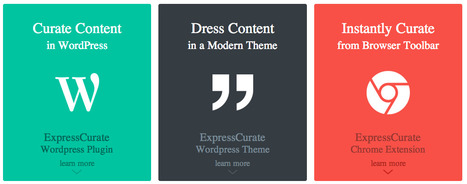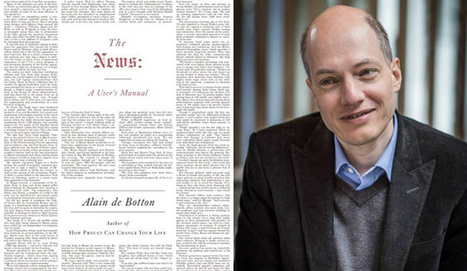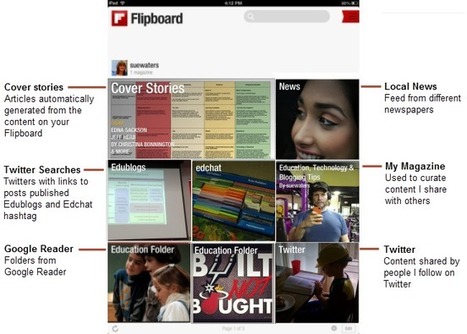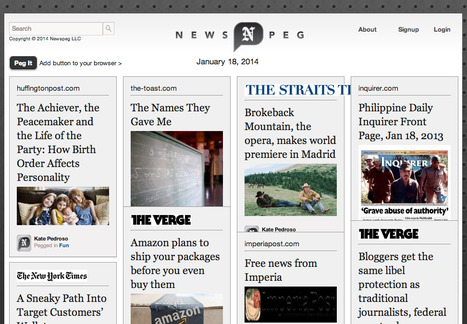
|
Scooped by
Robin Good
April 27, 2015 11:15 AM
|
PressForward is a free open-source, WordPress plugin for curating most any type of content within the standard WordPress publishing workflow.
PressForward is in fact a full-fledged RSS feed reader and aggregator which can capture content coming from any site while allowing full editing and curation abilities. It is an ideal tool for news curators wanting to have a news gathering and discovery tool integrated into their standard publishing and editing environment.
PressForward is designed to be used by multiple users, like in a distributed newsroom, where several individuals or even a small community suggest and submit and others edit, approve and post selected content.
To gather content PressForward offers a standard bookmarklet to capture any content you find on the web, and can also import OPML files to allow you to aggregate and filter all of your favorite RSS feeds.
Last but not least, PressForward keeps close tabs on the sources you utilise, by automatically creating attribution links for any content you curate and allowing you to have your posts optionally auto-redirect to the original source.
Free to use.
- Download plugin: https://wordpress.org/plugins/pressforward/
- Tutorials: http://pressforward.org/the-pressforward-plugin/screencasts/
- FAQ: http://pressforward.org/documentation/faq/
- User Manual: https://github.com/PressForward/PressForward/wiki
- Who is behind the project: https://github.com/PressForward/PressForward/wiki
- Check also this excellent in depth review of PressFoward: http://opensource.com/life/15/4/how-to-use-pressforward
A project of Roy Rosenzweig Center for History and New Media
N.B.: Of note the partnership initiative offered to any organisation interested in develop high-quality, collaboratively-sourced and edited publications, which offers up to $10,000 in funding and
- A dedicated technical support channel;
- Workshop and training support for start-up personnel;
- Consultation for the first year of publication.
- Deadline is April 30 2015.
- More info here: http://pressforward.org/become-a-pressforward-partner/



 Your new post is loading...
Your new post is loading...
































Via Robin Good: "PressForward is a full-fledged RSS feed reader and aggregator which can capture content coming from any site while allowing full editing and curation abilities. It is an ideal tool for news curators wanting to have a news gathering and discovery tool integrated into their standard publishing and editing environment."
#curation
Curating and sharing content is an important way of building your authority in your writing niche. If you really want to understand how to curate, follow Robin Good's "Content Curation World" on Scoop.it.
Robin shared this WordPress plugin that can help you find and post interesting content directly inside WordPress. I'll be testing this soon.